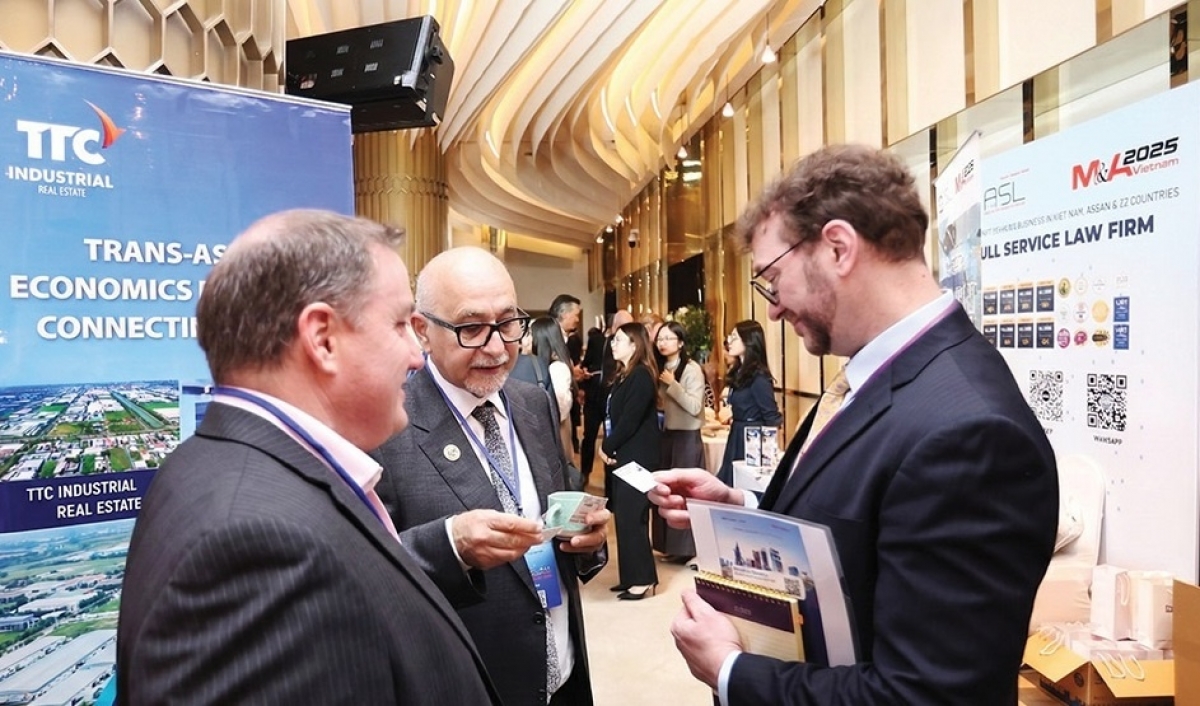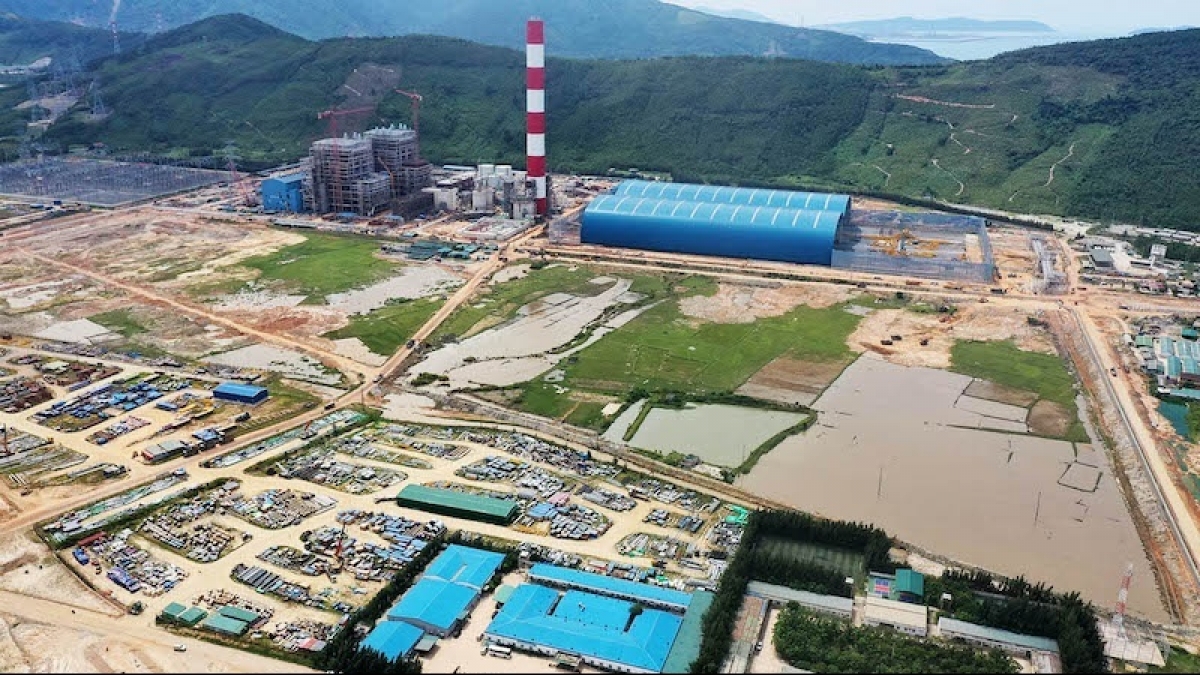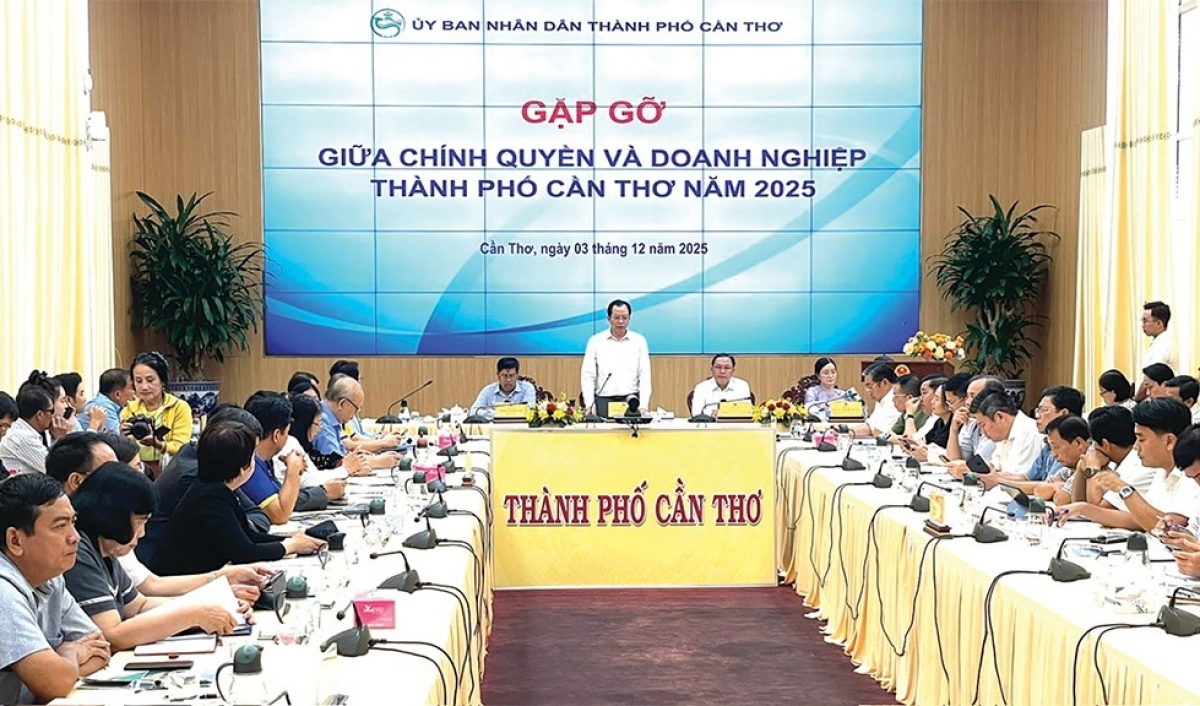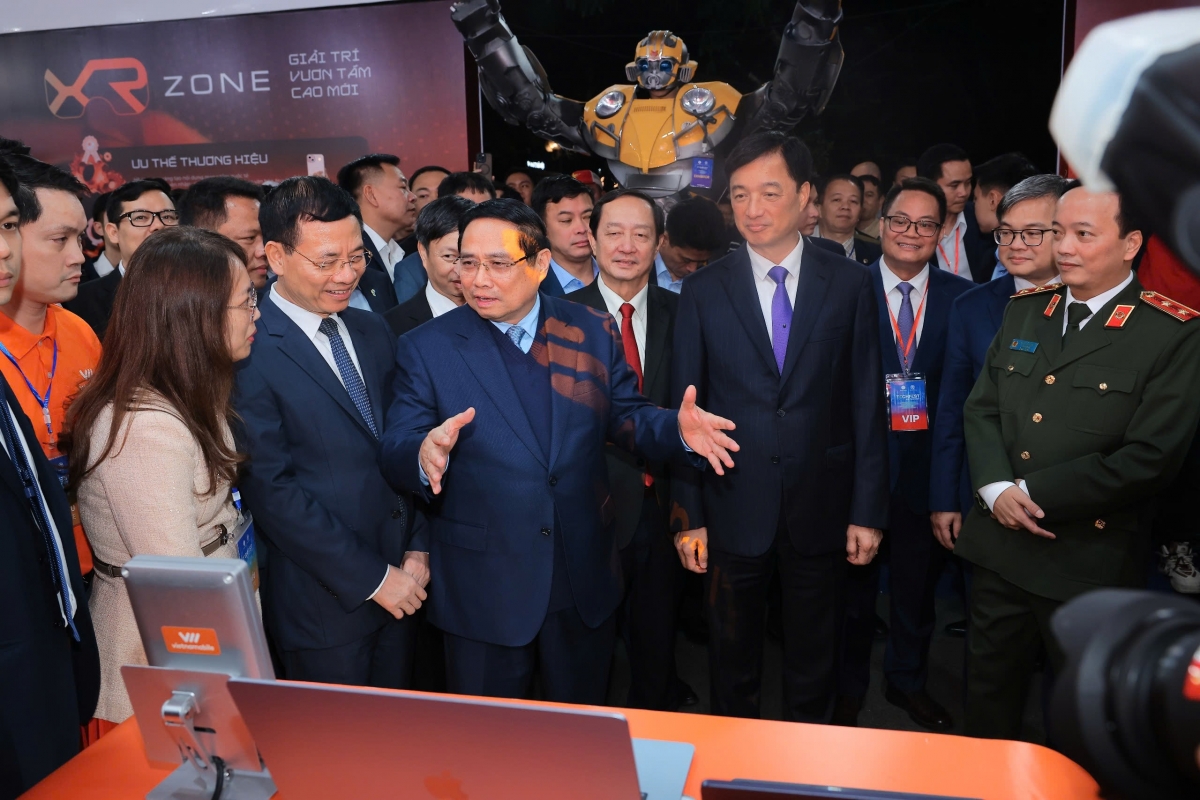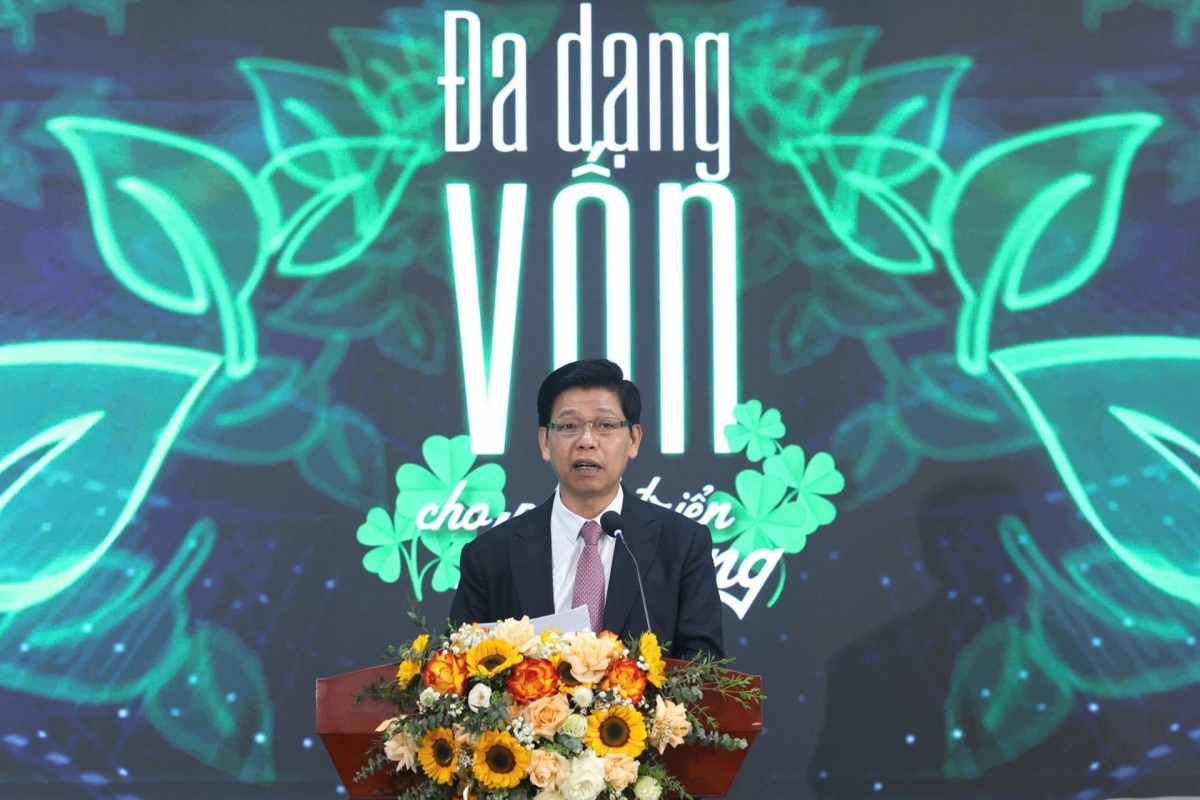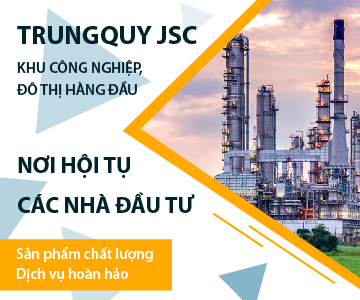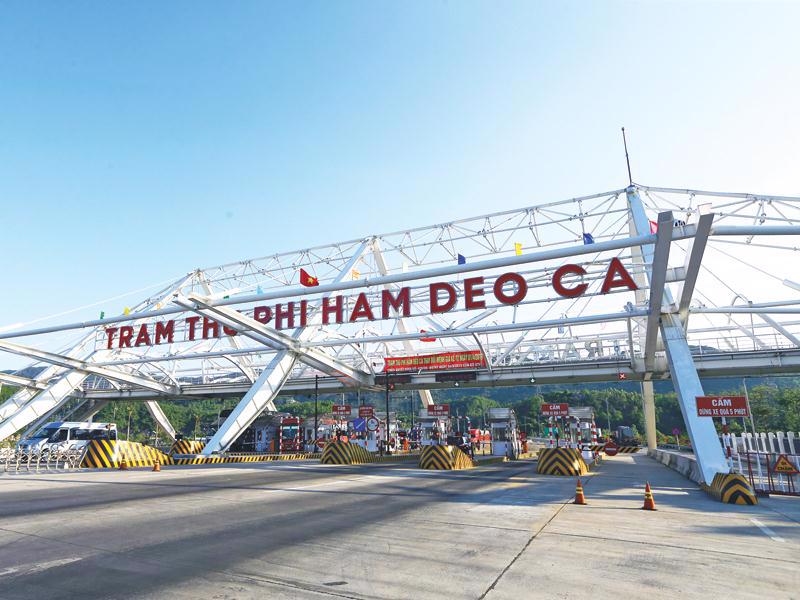INTERNATIONAL INVESTMENT
AND PORTAL
Prime Minister Pham Minh Chinh, head of the Steering Committee for key national railway projects, chaired a meeting on May 20, to review the implementation of railway projects that will connect with China.
The meeting, also attended by Deputy Prime Minister Tran Hong Ha and relevant ministries and agencies, discussed the progress of the three railway lines, including the Lao Cai – Hanoi – Haiphong, Hanoi – Dong Dang, and Haiphong – Halong – Mong Cai.
 Photo: VNR
Photo: VNR
According to a report of the Ministry of Construction, the Lao Cai – Hanoi – Haiphong undertaking is nearly 419km long, with a total estimated investment of more than $8.3 billion. Up to now, some works have been completed, including the design of the land clearance boundary, the locations of stations, and the work of reviewing, measuring and adjusting the route.
The Steering Committee for Site Clearance has been established in certain localities to implement and oversee tasks as needed.
A consulting unit is currently being selected to prepare an environmental impact assessment report, carry out procedures for converting forest use purposes, prepare estimates for design consulting packages, develop a feasibility study report, and estimate capital needs to discuss with financial partners.
After hearing reports about the projects, PM Chinh said, "To start the Lao Cai – Hanoi – Haiphong line on December 19, the Ministry of Construction must base on this target to build a detailed schedule, report to Deputy Prime Minister Tran Hong Ha to assign specific tasks to each relevant ministry and agency."
Regarding specific tasks, the prime minister requested ministries and agencies to focus on developing a set of standards and regulations; finalising routes and sending them to localities for site clearance implementation.
Chinh also requested that there should be several plans to mobilise capital such as bank loans, bond capital, public investment, and public-private partnership capital.
In terms of technology transfer, the prime minister emphasised that this is a very core issue, and it is necessary to continue negotiating with partners to focus on the work in two important areas; locomotive production and signal information systems.
Speaking about workers, PM Chinh said, "It is necessary to develop short-, medium-, and long-term training plans for three levels; technical workers, engineers and doctors."
The PM also requested ministries, agencies and localities to coordinate in handling issues and problems related to technology, geology, land and site clearance. The Ministry of Foreign Affairs continues to promote cooperation in implementing connecting railway routes in the spirit of the Vietnam-China Joint Statement.
"Ministries and agencies must carry out their work urgently, seriously, and scientifically, based on their functions, tasks, and powers, assigning the tasks clearly to people with clear jobs and time, results, responsibilities, and authority under the direction of Deputy Prime Minister Tran Hong Ha, and report the progress to the prime minister every Monday," said the PM.
 Vietnam welcomes Chinese firms' engagement in high-speed railway projects: Deputy PM
Vietnam welcomes Chinese firms' engagement in high-speed railway projects: Deputy PM
Vietnam welcomes Chinese enterprises, including the CCECC, to actively collaborate with Vietnamese firms to improve competitiveness in terms of technology, quality, and cost-efficiency as they engage in the investment and construction of high-speed rail lines in Vietnam.
 VinSpeed registers to invest in North-South high-speed railway
VinSpeed registers to invest in North-South high-speed railway
VinSpeed High-Speed Rail Investment and Development JSC has registered interest in investing in the North–South high-speed railway, which is expected to be completed by 2030.
By Bich Thuy


